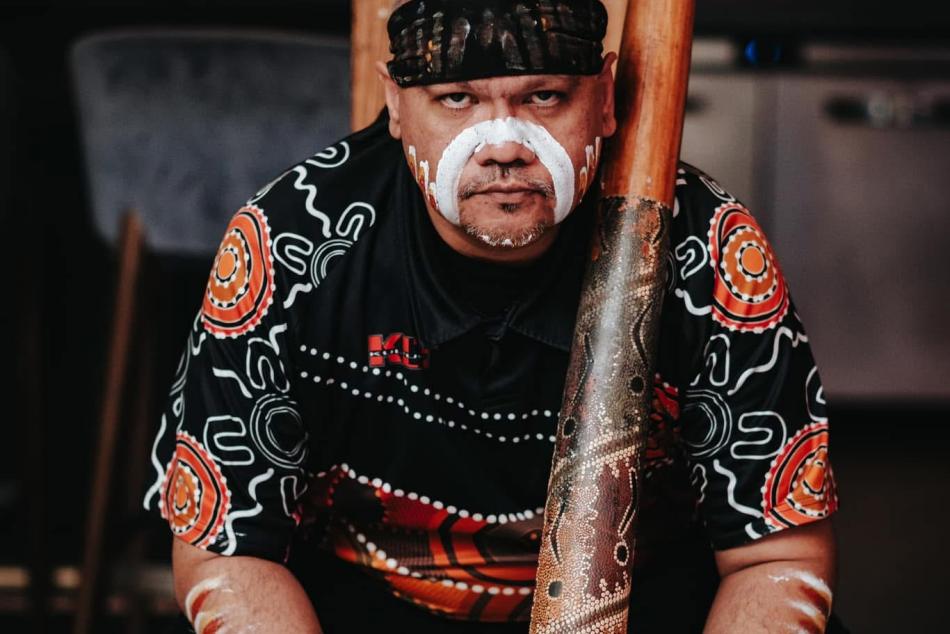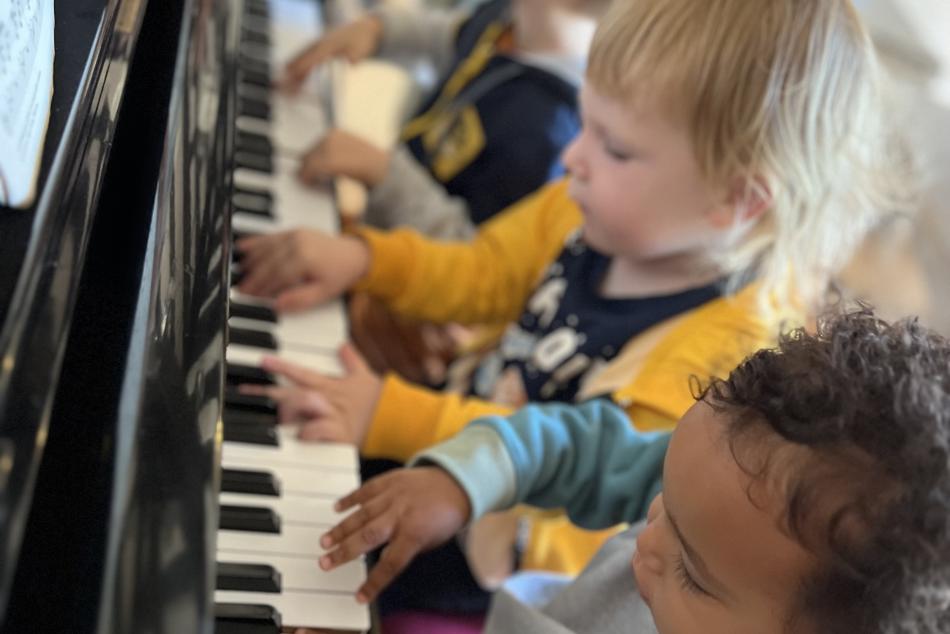-
Closed today
Admission is always free6th and Constitution Ave NW
Washington, DC 20565
Only have an hour to spend?
We've got you covered. -
Exhibitions & Events

-
Art & Artists

Utility
Directions
- Closed today
- Directions

